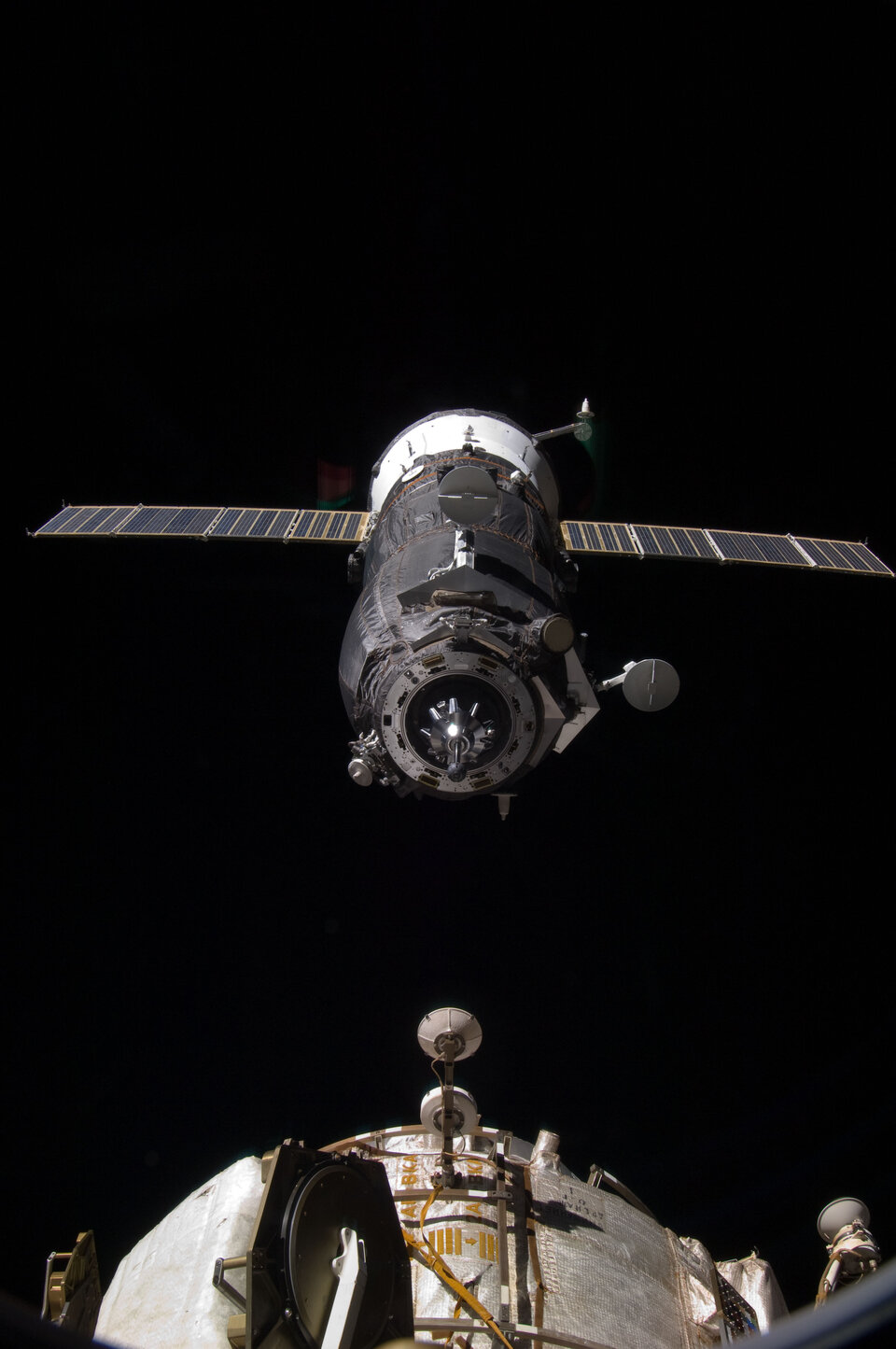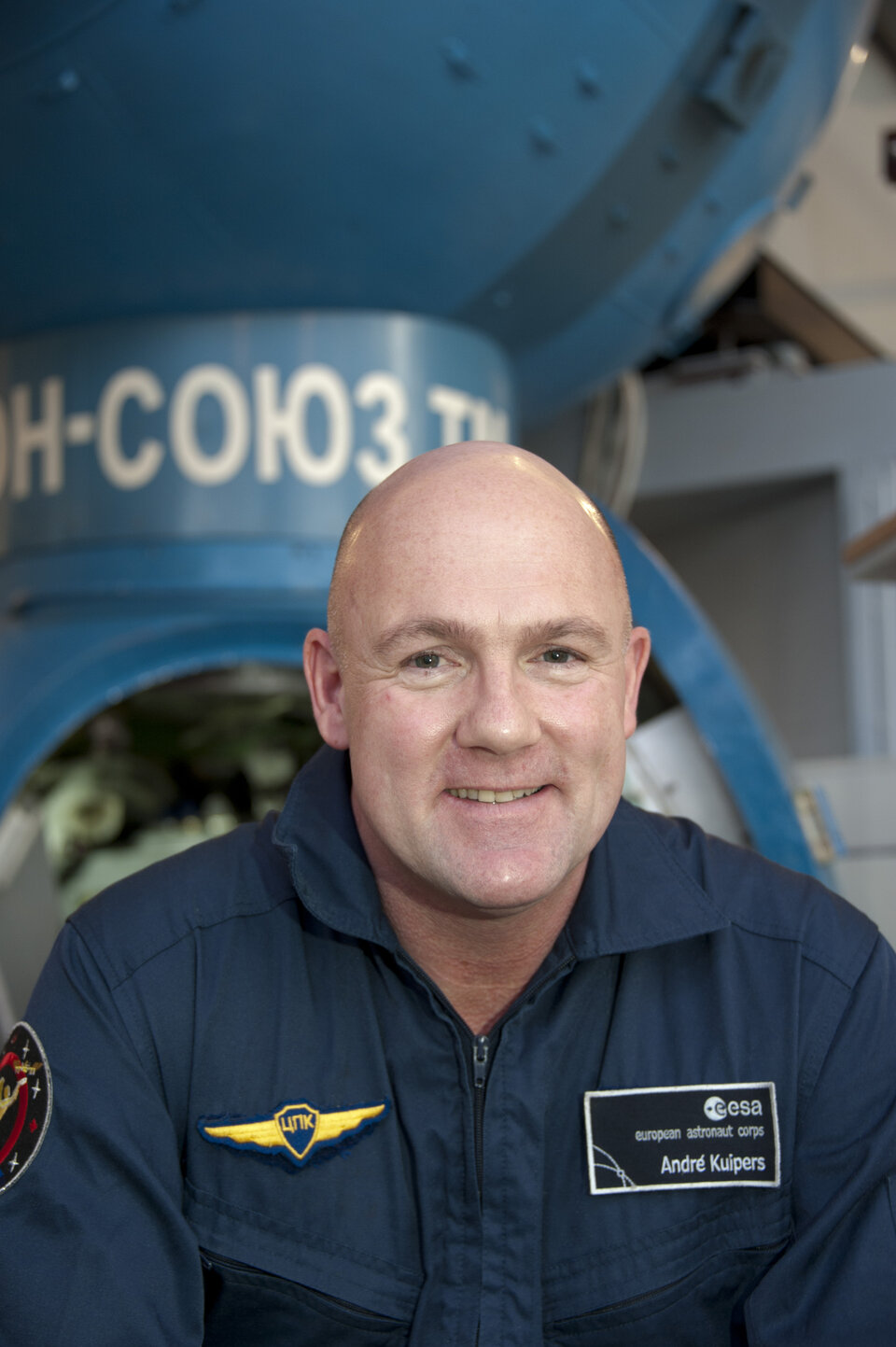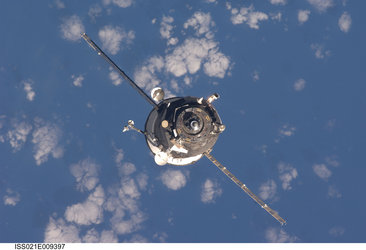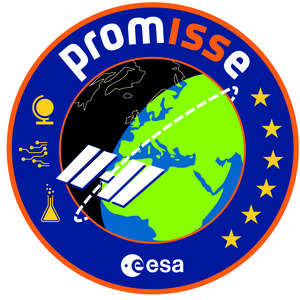Launch date confirmed for PromISSe mission to Space Station
ESA’s next mission to the International Space Station will be launched on 21 December: André Kuipers will ride into orbit aboard the Soyuz TMA-03M spacecraft as a member of the orbital outpost’s Expedition 30.
Originally planned for late November, the launch was put on hold in August after the launch mishap of Russia’s Progress 44 unmanned freighter.
With the successful ascent of Progress 45 on 30 October, a series of flight readiness meetings and the identification of the root cause for the loss of the previous vehicle, the Soyuz rockets are again cleared to carry out human missions.
The Soyuz launchers have a track record of reliability and the accident was deemed to be a one-off: a blocked fuel duct caused the third stage to shut down prematurely 325 seconds after liftoff.
Return to normal operations

The next flight will take place on 14 November when three Expedition 29/30 crewmembers are propelled to the orbital outpost aboard Soyuz TMA-22.
NASA astronaut Dan Burbank and Russian cosmonauts Anton Shkaplerov and Anatoli Ivanishin will dock with the Station two days later.
The current crew, Sergey Volkov from Russia, Satoshi Furukawa from Japan and Michael Fossum from the USA, will return to Earth on 21 November, leaving the others to begin Expedition 30.
The Space Station will have a full crew of six again on 23 December, when the Expedition 30/31 crew arrives.
In addition to ESA’s André Kuipers, the crew includes cosmonaut Oleg Kononenko and astronaut Don Pettit. André and his crewmates will stay in space until mid-May 2012.
André’s PromISSe

During his 5-month PromISSe mission, André will conduct more than 20 ESA experiments and around 15 from other Station partners, including human research, life sciences, physics, materials science, radiation research and technology demonstrations
His mission also features a strong educational aspect centred on the theme ‘Spaceship Earth’.
The lessons from space will educate children in science, technology, engineering and mathematics, as well as teaching about the requirements for life on Earth.
As part of ‘Mission-X: Train Like an Astronaut’, André will invite thousands of students to perform physical exercises and classroom lessons to compete with teams around the world to become as fit as astronauts.






